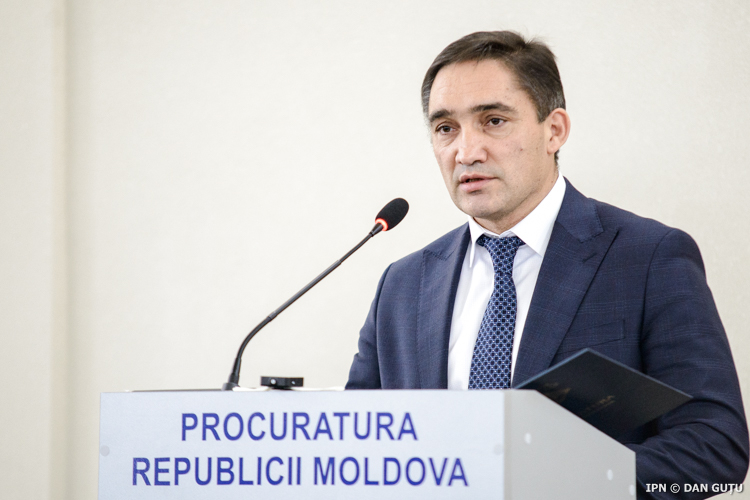Prosecutor General Alexandr Stoianoglo said the problem of the bank fraud resides in the fact that it consisted of four large stages. The first stage was in 2009 – 2012. The second happened when the majority state-owned shareholding in Banca de Economii was conceded to particular persons. The third stage occurred in November 2014, while the fourth stage consists in the identification of beneficiaries, IPN reports.
“There was a period when loans started to be released to companies affiliated to particular persons, which didn’t perform economic activities, and those loans ultimately weren’t repaid. This period is called the “Gachkevich periodic” of 2009 - 2012 (Grigorii Gachkevich – ex-president of Banca de Economii of Moldova – e.n.). The bad loans totaled over US$ 100 million. There were tens of companies without economic activity that received millions of dollars and didn’t pay the money back. These companies were sued for not repaying the loans, but those procedures should be reviewed as they had been involved in money laundering given that the money wasn’t used for implementing projects, but was transferred to particular persons, to the accounts of offshore companies,” Alexandru Stoianoglo stated in the talk show “About us” on Jurnal TV channel.
Starting with the second stage, when the majority state-owned shareholding in Banca de Economii was conceded to particular persons, the banks began to finance the companies affiliated to the Shor group in a considerable amount. “It happened until November 2014, when a lot of bad loans or loans that were used to repay older loans were released,” stated Alexandr Stoianoglo.
The third stage was complex and lasted for several days. “The climax was in November 2014, when two banks provided loans totaling 13 billion lei to companies that didn’t perform economic activities. A series of state institutions were involved then, starting with the National Bank, which prepared the financial support plan and submitted it to the Government. When the NBM presented the financial sport plan on November 14, 2014, it asked for a sum of 6.3 billion lei. But the Commission for Financial Stability in its meeting added two more positions specifying that interbank loans and loans raised by resident companies were to be repaid, even if there had been no precedent of the kind in the world. At that moment, the interbank loans totaled 220 million lei. Even if we add this sum to 6.3 billion lei, the country would have needed 6.5 billion lei in financial support, but the Commission for Financial Stability decided that 9.5 billion lei should be provided. 3.5 billion lei remained uncovered. This sum was confirmed by the Leancă Government. During November 13 – 17, 2014, the Ministry of Finance provided the state guarantee and the insolvent Banca de Economii started to transfer the money on November 19. During three days, some of the banks transferred over 2 billion lei from the accounts of Banca de Economii. In three days, this sum was transferred from the state budget back to this bank. The money transferred on November 19, 20, 21 went to the accounts of offshore companies and was disseminated all over the world,” stated the official
The fourth, final stage is the tracing of the transfers made to the accounts of offshore companies. Alexandr Stoianoglo said the main goal is to identify the final beneficiaries and the stolen funds.

